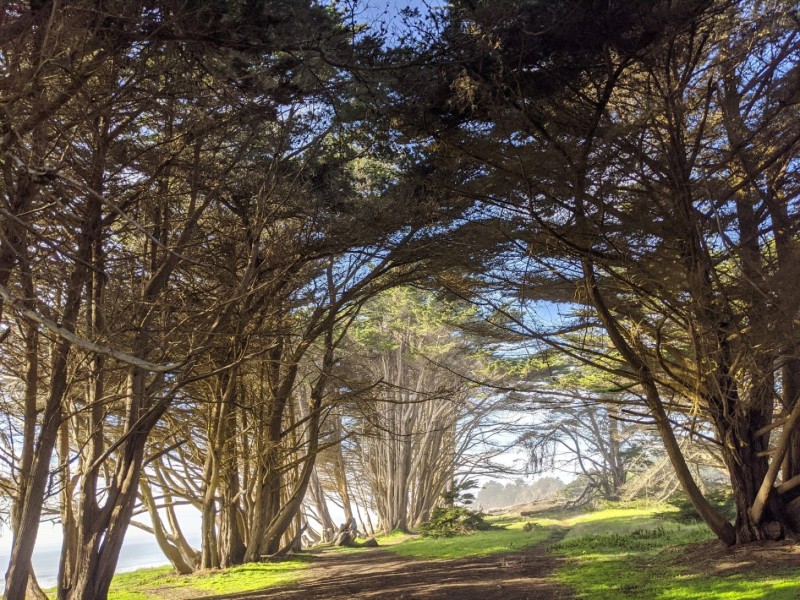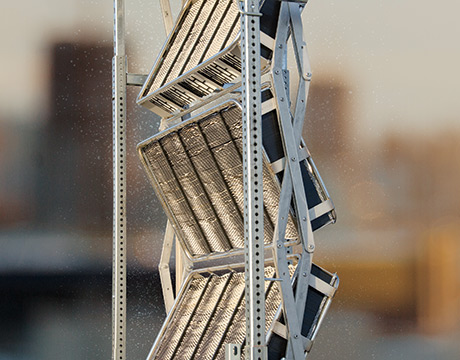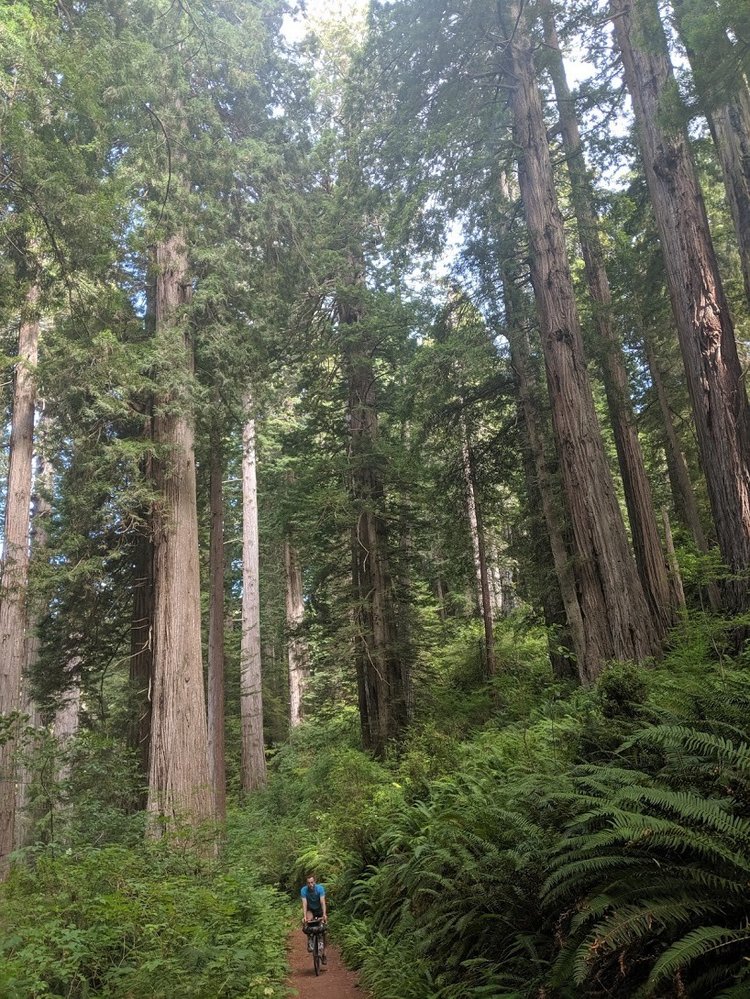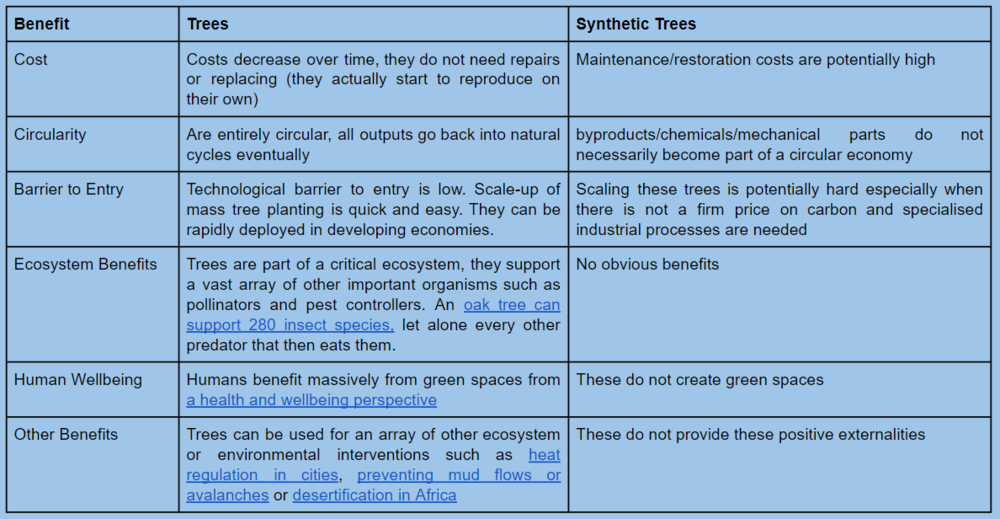
Human technologies work well for their singular desired purpose, but miss broad and naturally regenerating benefits of nature
We humans have an obsession with our own ingenuity. In many ways this is deserved; advances in medicine, communication or production techniques, for example, are stunning. However, a track record of technological success should not be used to define and guide our future indiscriminately. Technological wizardry has been perceived as a silver bullet solution to climate change and ecological degradation for some time. Whilst some efforts have merit, there seems to be an abundance of biomimicry efforts that gain undue traction because of our adoration of human ingenuity.
Often these synthetic alternatives to lost or degraded ecosystem services (technologies to clean our air, water, sequester carbon etc.) look good on paper because of insufficient accounting. I was prompted to write on the subject when I read researchers at Arizona State University’s efforts create artificial trees.
Using the structure in Figure 1: “A cluster of 12 trees will be capable of removing one metric ton of CO2 per day, at a cost of less than $100 per ton. According to the researchers, this will be the lowest cost across the carbon removal industry, making it a viable solution to mitigate climate change at scale.”

Figure 1. Mechanical Tree from ASU
I then tried to do my own back of envelope calculations for what an actual tree does (Figure 2. just in case anyone needs a reminder).

Figure 2. Very nice Redwood trees from California 2019
David A Kelly, former Pulp & Paper Technical & Operations Manager at Forest Products Industry, estimates it costs about $500 dollars to plant an acre of trees. Carbon Pirates estimates that you can absorb 2.5tons of carbon per year per acre. This is $200 per ton of carbon dioxide compared to the mechanical tree at $100/ton.
By this metric, the mechanical tree is clearly superior. However, whilst the mechanical solution provides only this singular carbon sequestration benefit, regular old fashioned trees provide a vast web of other benefits.

Table 1. Natural and Synthetic Tree Comparison
This ode to the wider benefits of the ‘natural’ tree should not be read as an argument against technological advancement, instead it is an argument for a wider perspective; human engineers often focus on achieving specific KPIs rather than thinking about the whole system. Conversely, nature is relentlessly complex and whilst neat metrics such as ‘$/ton carbon absorption’ used above are appealing there are other – nuanced but important – wider considerations which need unpicking. Let’s not forget what our biodiversity provides us – often for free.